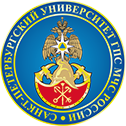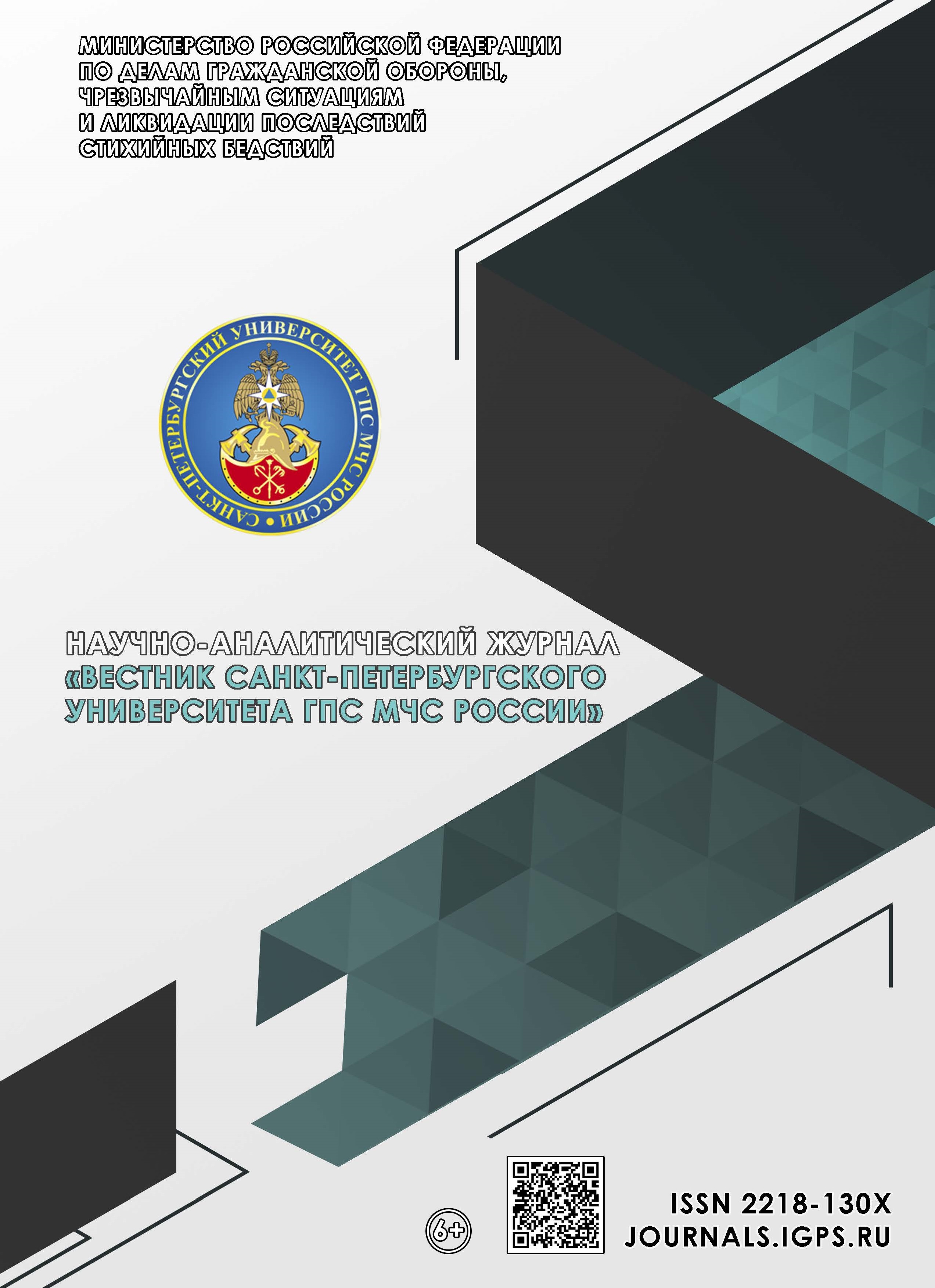Russian Federation
A multi-zone one-dimensional model based on a one-dimensional Gaussian model of forest fire has been developed. The optimization problem of calculating the average integral temperature in a forest with a multi-zone arrangement of fire has been solved. Using the Gaussian model of single-zone ignition, it is shown that with one-dimensional multi-zone ignition of bell-shaped ignition zones, the average integral temperature decreases with increasing distance to the center of multi-zone fires. It is also shown that the optimal function of the dependence of the intensity of fire on the distance to the center of the fire area has a certain maximum at a certain point, calculated by the obtained formula.
fires, ignition model, optimization, average integral temperature, Gaussian model
1. Biomass burning as a source of atmospheric gases: CO, H2, N20, NO, CH3C1 and COS, Nature / P.J. Crutzen [et al.]. 1979. 282:253–256.
2. Crutzen P.J., Andreae M.O. Biomass burning in the tropics: impact on atmospheric chemistry and biogeochemical cycles, Science.1990. 250:1669–1678.
3. Biomass Burning Airborne and Spaceborne Experiment in the Amazonas (BASE-A) J. Geophysical Res / Y.J. Kaufman [et al.]. 1992. 97:14581–14599.
4. Particulate and trace gas emissions from large biomass fires in North America / L.F. Radke [et al.] // Global biomass burning. Cambridge, Mass. 1991. P. 209–224.
5. Penner J.E., Dickenson R.E., Neill C.A.O. Effects of aerosol from biomass burning on the global radiation budget. Science, 1992. 256:1432–1434.
6. Intelligent video systems for unmanned aerial vehicles based on diffractive optics and deep learning. Proc. SPIE 11516(115161Q) / N.L. Kazanskiy [et al.]. 2020. DOI:https://doi.org/10.1117/12.2566468.
7. Guriev A.T., Aleshko R.A. Adapting the combined database of cartographic and attribute information of forest plantations by automating remote sensing data interpretation. Earth From Space-The most effective solutions. 2009. P. 233–234.
8. Ferreira-Leite F. Incidence and Recurrence of Large Forest Fires in Mainland Portugal // Natural Hazards. 2016. 84. P. 1035–1053.
9. Guede-Fern´andez F. A deep learning based object identification system for forest fire detection // Fire. 2021. Vol. 4. № 4. P. 75. DOI:https://doi.org/10.3390/fire4040075.
10. Hussin R., Juhari R. Detection using image processing based techniques // Indian Journal of Computer Science and Engineering. 2012. Vol. 41.
11. Butler Β., Cohen J. Firefighter Safety Zones: A Theoretical Model Based on Radiative Heating // Int. J. Wildland Fire. 1998. 8 (2):73–77.
12. Temperature Uncertainties for Bare-Bead and Aspirated Thermocouple Measurements in Fire Environments / W. Pitts [et al.] // In Proc. Annual Conference on Fire Research. Nov. 1999. P. 15–16.
13. Kurt F. Prometheus Fire Growth Model: Design and Incorpo-ration of Spotting and Breaching of Fire Break Functionality // Post-Fire Research Workshop. 2005. April, 27.
14. Manolakos E.S., Manatakis D.V., Xanthopoulos G. Temperature field modeling and simulation of wireless sensor network behavior during a spreading wildfire: 16th European signal conference (EUSIPCO 2008). Lausanne, Switzerland. 2008. August, 25–29.
15. Ehl'sgol'c L.EH. Differencial'nye uravneniya i variacionnoe ischislenie. Novosibirsk: izd-vo «NaukA», 1969. 424 s.






